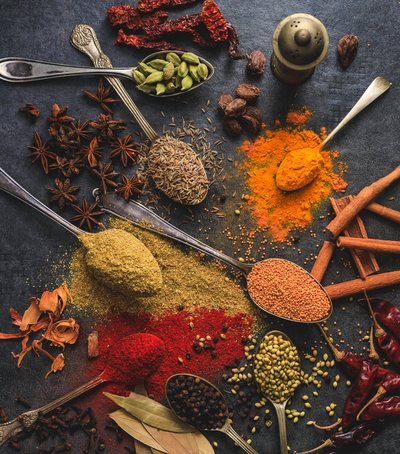
Why should we think differently?
The world's population is growing rapidly and will exceed 9 billion by 2050. This means more mouths to feed and more pressure on land, water and natural resources. To meet this challenge, science and gastronomy are creating new solutions, changing the way we eat in the coming decades.
Protein from insects
Insects are one of the richest sources of protein and require much less water, land and energy to raise than traditional livestock. In some cultures, such as in Asia and Africa, they have been consumed for centuries. In the future, they could be turned into protein flour for bread, pasta or healthy snacks.
Laboratory meats
Another revolution is lab-grown meats, which are created from animal cells without the need to slaughter an entire animal. These products offer a similar taste and texture to traditional meat, but with a much lower environmental impact and without the ethical burden of today's meat industry.
Herbal choices and new alternatives
In parallel, the production of plant-based alternatives is increasing – “cheese” from nuts, “milk” from oats, soy or almonds, as well as “meat” from plant protein. These are no longer just vegan options, but are becoming part of the daily diet for a much wider audience.
Technology in the kitchen
The future of food is not only about ingredients, but also about how they are prepared and served: 3D printers that create personalized food shapes, artificial intelligence that suggests diets based on an individual's DNA, and urban vertical farms that provide fresh produce near cities.
The food of the future will be a combination of science, ethics and taste. From insects to lab-grown meats and new technologies, our table will change radically in the next 20 years. The challenge is to preserve the tradition and pleasure of food, while embracing a more sustainable and just way of eating.





